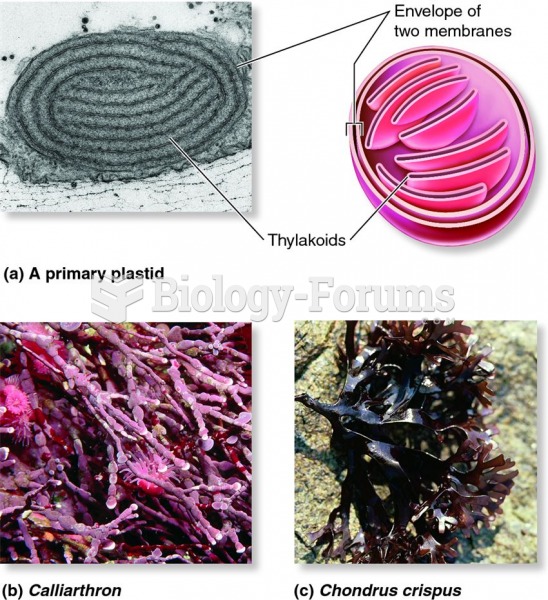|
|
|
Many medications that are used to treat infertility are injected subcutaneously. This is easy to do using the anterior abdomen as the site of injection but avoiding the area directly around the belly button.
Thyroid conditions cause a higher risk of fibromyalgia and chronic fatigue syndrome.
About 100 new prescription or over-the-counter drugs come into the U.S. market every year.
This year, an estimated 1.4 million Americans will have a new or recurrent heart attack.
A recent study has found that following a diet rich in berries may slow down the aging process of the brain. This diet apparently helps to keep dopamine levels much higher than are seen in normal individuals who do not eat berries as a regular part of their diet as they enter their later years.







